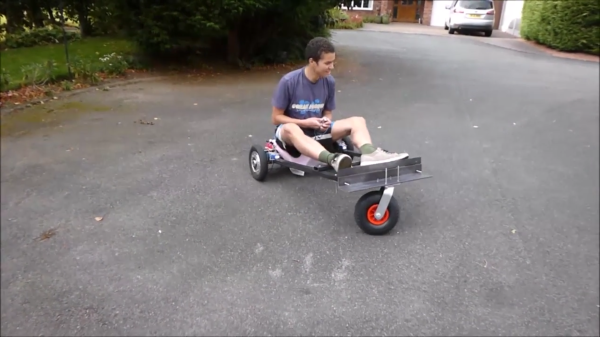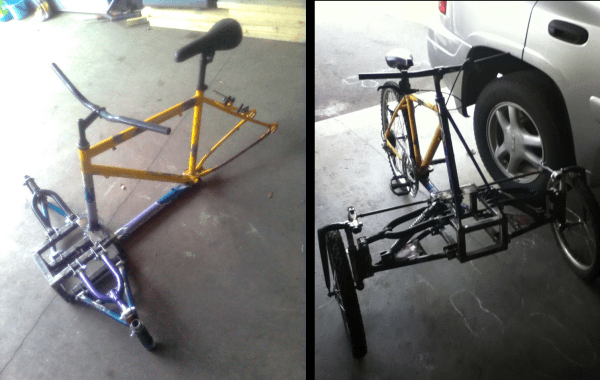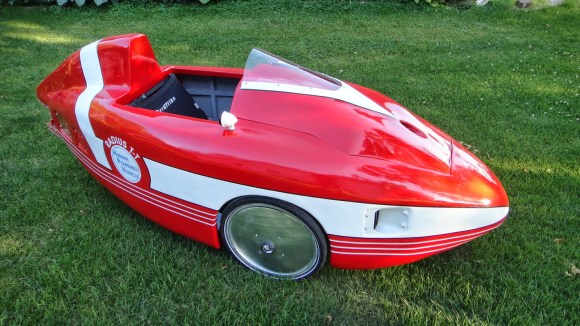[Liebregts] is working on a trike design, and needed a pair of wheels to go up front. Regular bicycle wheels wouldn’t do, as they’re not designed to work with a single-sided support. They also wanted to be able to mount disc brakes. Thus, they set about building a set of custom wheels to do the job.
The build began with a regular set of 20″ bike wheel rims with all the spokes taken out. A ring of steel rebar welded on the inner perimeter gave the rims more strength. A set of hubs and axles were then fabbed up with a welder and lathe, with provisions for bolting on disc brake components. Lengths of rebar were then welded in as non-adjustable spokes. Next, it was time for a coat of paint. Finally [Liebregts] mounted the tires and brakes, and called the job done.
Obviously, it is possible to buy wheels specifically for trike builds. However, [Liebregts] found it difficult to find exactly what they wanted, particularly where the disc brake option was concerned. The best option was a custom build. The resulting wheels are obviously much heavier than traditional bike wheels, but they’re also likely a fair bit stronger, too. If you need to weigh down a tarpaulin, for example, these wheels might just do the trick.
We’ve seen some other crazy wheels on trikes before, too! Oh, and who says wheels need to be a full circle, anyway? Creativity will never cease to amaze!


















